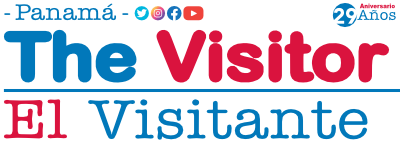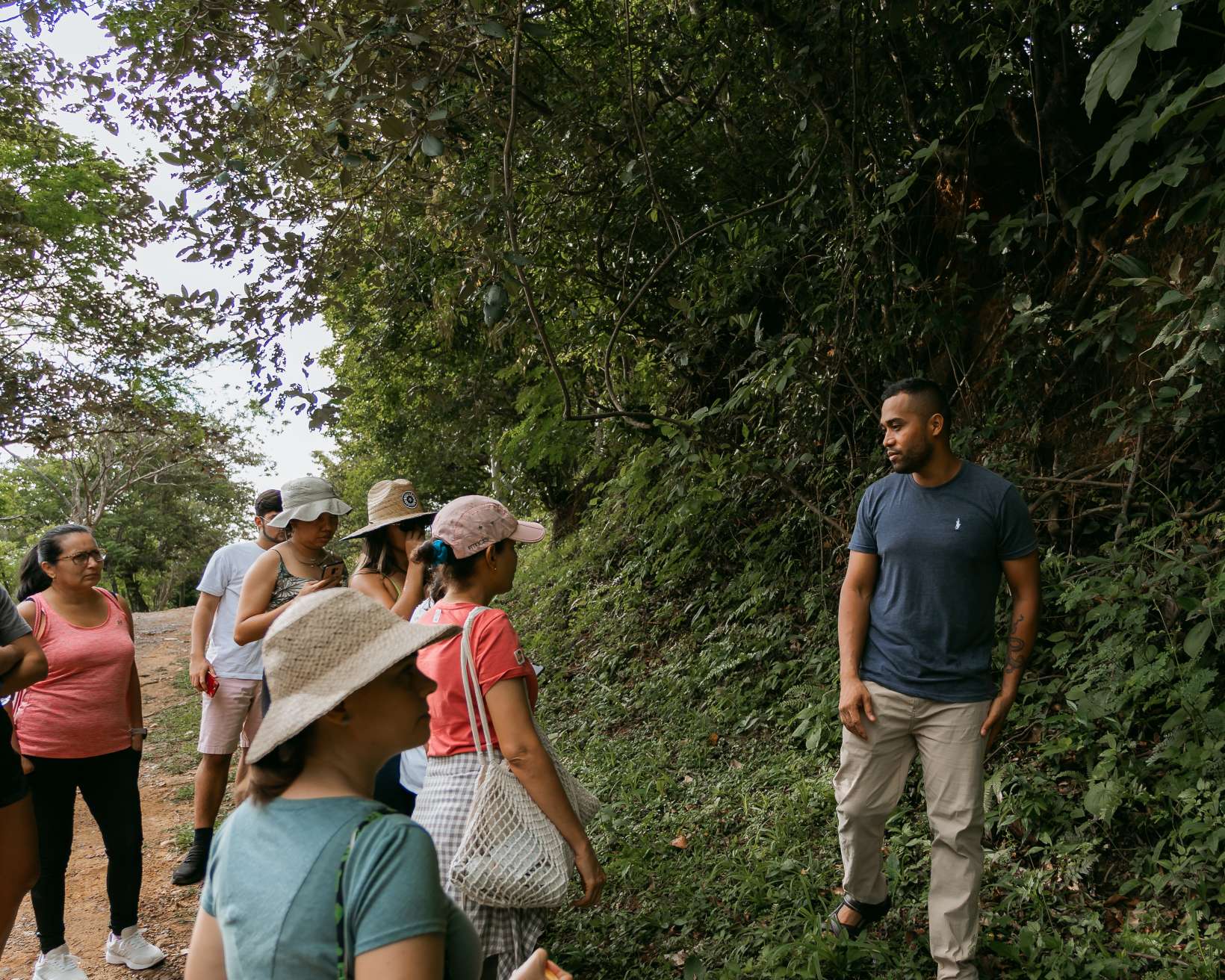Our guest in the Flavors segment is a Chef who was born in Penonome, but grew up in a small town called La Madera on the road to El Cope de la Pintada. Influenced by his grandmother’s food, Chef Jose Perez Navarro migrated to Panama City after finishing high school to study cooking, work in hotels and restaurants, and thus gain experience. However, the need to find new local ingredients that give dishes different flavors led him to create Endemico Lab, an innovative project in Panamanian gastronomy that aims to investigate wild ingredients and native seeds. Apart from creating new flavors, Chef Jose wants to preserve ecosystems, and in this interview he explains to The Visitor – El Visitante all the good things it brings to Panamanian gastronomy.
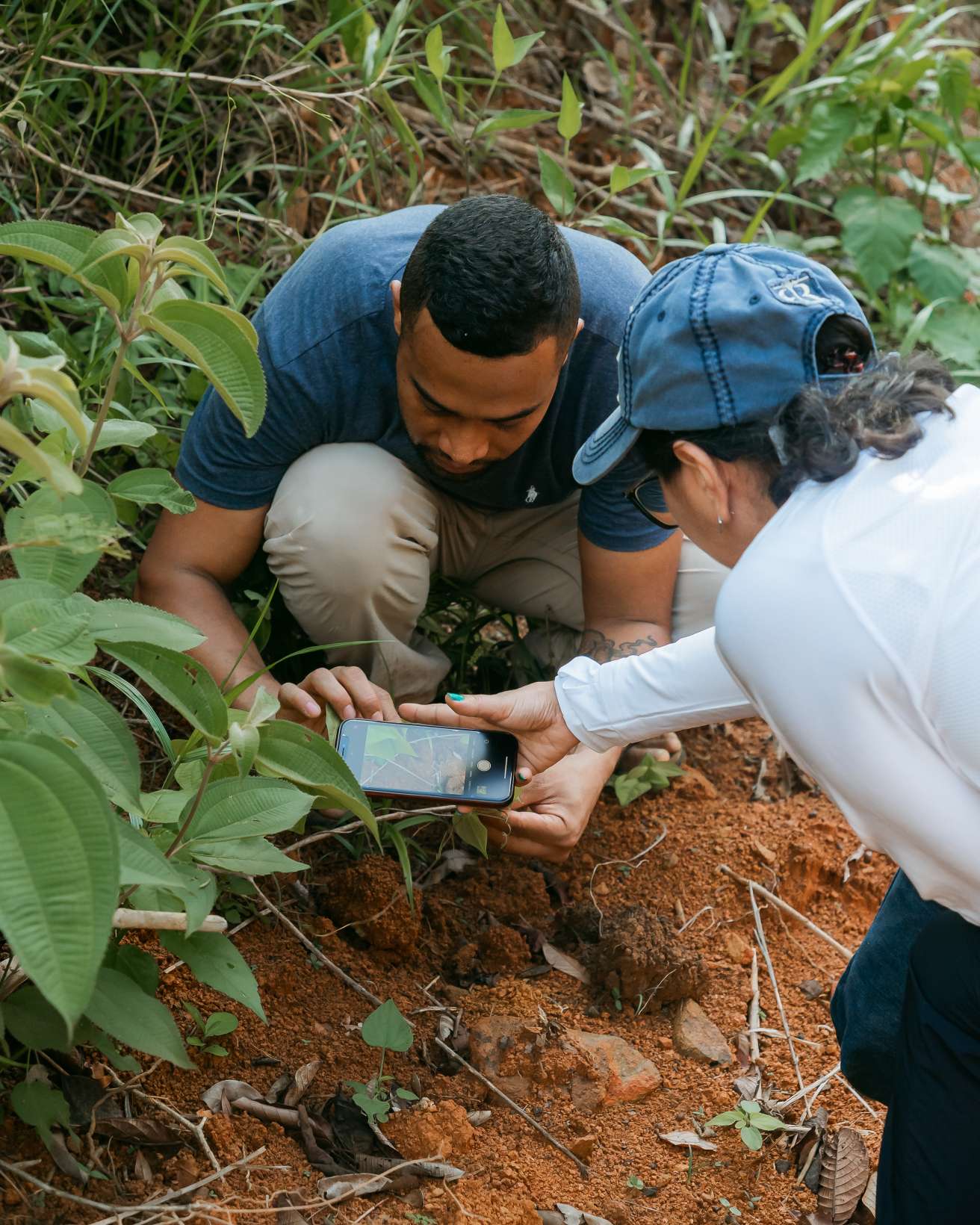
From where the desire to enter the gastronomic world come from?
“In the world of cooking, I could say that the influence comes from when I was a child. My grandmother Sila was a wonderful cook. It was common to be surrounded by tamales, corn tortillas, arroz fututeao, arroz con pollo, and chicheme, so we always ate well at home. My mom Dalys also cooks very well and she has been a great influence on me. I come from a family where almost all food was grown: rice, corn, beans, yams, otoe, plantains, and backyard chickens. Our breakfasts were corn tortilla and Chinese banana with white cheese, new corn buns with coffee, roast beef with cassava or carimañolas. I started cooking when I was seven and surrounded by traditional Panamanian cuisine, so the desire to be a cook began at that time. I remember coming home from elementary school, turning on the television, which at that time was a novelty since we were just beginning to have access to electricity, and watching a program where chef Pedro Subijana, from the Akelerre restaurant in San Sebastian, cooked at who I admire a lot. I was preparing a Japanese black rice. That moment was fundamental for me, because it inspired me a little more to study cooking.”
How did Endemico Lab start and how does it help in the development of gastronomy?
“My childhood was very wild. A beautiful childhood, like the one all of us who grew up in the interior of Panama had. It was going to the river with my cousins and friends to look for sweet mangoes, tired-faced guabitas, alligators, nances, cashews to make chicha and ñongas to roast. Without realizing it, Endemico was already growing in the shadows. I say it this way because this project is born from my desire to share with others the way in which I grew up. A simple, humble and full of authenticity life. My grandmothers Sila and Argelis had a lot of knowledge about medicinal wild plants. In the rainy months when colds are more common, they collected fennel (Piper marginatum), romerito de potrero (Tagetes micrantha) and eucalyptus leaves. Everything was put to cook with water, and then we had lukewarm baths that helped to decongest these discomforts. Guava leaf tea for stomach pain, anamu infusion for kidneys and mango leaf tea for asthma. All that knowledge without realizing or being aware of it, was seeping into me, as long-term savings, accumulating, to develop when it was ready.
Endemic contributes to the development of Panamanian cuisine, by showing a little of our wild food. That food that goes unnoticed, with ingredients unknown to many, but known and used since the time of our grandparents. The cuisine of Panama is more than ñampì, yams, cilantro and sweet chili peppers, of course they are a fundamental part of our gastronomic culture, but we have so much wealth in our forests, coasts and seas, that it is impossible to sit still and stop experimenting.”
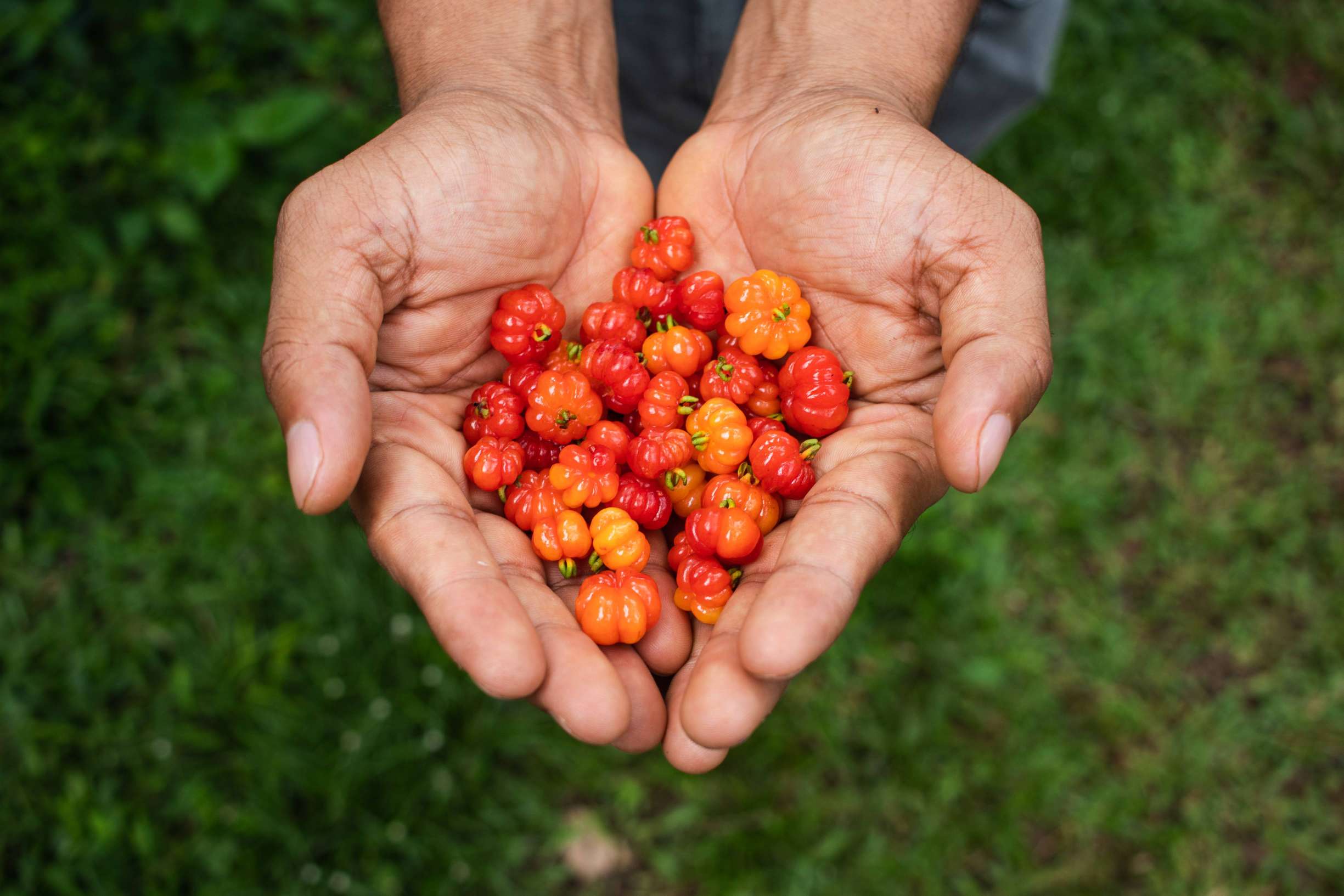
What wild flavors have you discovered and have become an important part of any recipe?
“We have Vanilla Pompona, Vanilla Bahiana, Huitlacoche from corn, edible tropical mushrooms such as Judas’s ear (Auricularia auricula -judae), grapes from the tropical humid forest, wild peppers such as pipilongo, asagu that has been consumed for thousands of years, lerenes, pataxtes, cacaos de monte and the list goes on. Our wild pantry is delicious. Fruits, seeds, roots, leaves, flowers with textures, smells, colors and flavors. A world of possibilities to position Panama as a world benchmark in wild cuisine.”
Which areas of Panama have you traveled carrying out investigations and have they given you great surprises?
“I have practically traveled all over Panama, because in addition to cooking, I have been hiking for many years. This has allowed me to get to know communities, people, ingredients and ecosystems throughout the country. I live inside the tropical dry forest. An ecosystem that has the naked eye does not show much, but personally, it is the area with the most wild ingredients that I have seen. This ecosystem is our main collecting area, where the vanillas grow. It is also a place threatened by burning in the summer months, clearing for planting and extensive livestock farming.
Of the wild flavors that we have found and have become an important part of our cuisine, we have the female and male Malagueta, both Annonaceae relatives of the guanabanas, whose flavor is very reminiscent of ginger and cloves, its flowers smell of Vanilla and It is used to flavor corn chicha or to prepare tea. Also the Pataxte (Theobromas bicolor) which is a wild relative of cocoa, from which we make a chocolate that tastes of cashew seeds, coffee and notes of soursop. The pipilongo (Piper tuberculatum) relative of black pepper, which in addition to being spicy smells of fresh pine bark. The Bahian Vanillas and pomponas both with different aromatic characteristics to work with, the asagu (Maranta arundinacea) which is a super food from which an ancient flour full of phenomenal nutritional properties is made, the chaya leaves or Mayan spinach, the chiltepin and the Pulantana de which makes a drink similar to coffee.”
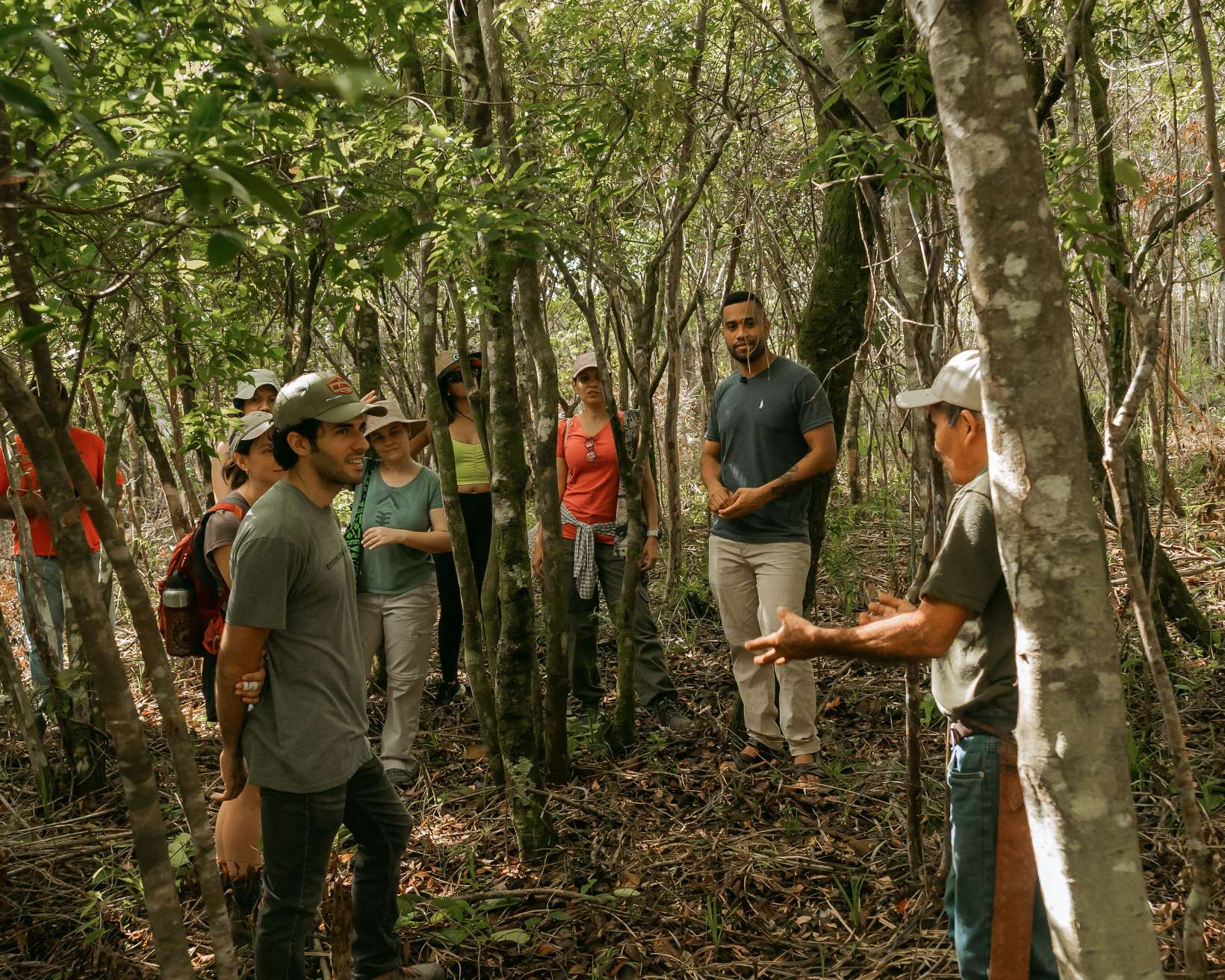
Which chefs, besides you, have benefited from these wild discoveries?
“Endemico as a formal project is recent. However, I have friends who I love very much, who have supported me in one way or another throughout this journey, such as Jose Olmedo Carles, Erasmo Bosques, Patricia Miranda, Andrea Pinzon, Victor Gonzales, Fulvio Miranda, Alex Flores, all amazing cooks. With whom I have had the opportunity to share. I dream of creating a network of small collectors throughout the country so that these ingredients can reach more people, thus we contribute to the conservation of them and their ecosystems, since the vast majority of these products do not need any chemicals, just ensure that the forest or area where they grow are not disturbed. I am a faithful believer that we can change things for the better, going back to the origin. It is important to work hand in hand with the communities, who are the main guardians of these treasures. As cooks, our responsibility is to raise our voices, telling stories through our dishes, showing our wild identity. The forest speaks of Panama and Endemico Lab only transmits the message. Our country is unique and so are its ingredients.”
Chef Jose Perez Navarro
Our guest in the Flavors segment is a Chef who was born in Penonome, but grew up in a small town called La Madera on the road to El Cope de la Pintada. Influenced by his grandmother’s food, Chef Jose Perez Navarro migrated to Panama City after finishing high school to study cooking, work in hotels and restaurants, and thus gain experience. However, the need to find new local ingredients that give dishes different flavors led him to create Endemico Lab, an innovative project in Panamanian gastronomy that aims to investigate wild ingredients and native seeds. Apart from creating new flavors, Chef Jose wants to preserve ecosystems, and in this interview he explains to The Visitor – El Visitante all the good things it brings to Panamanian gastronomy.
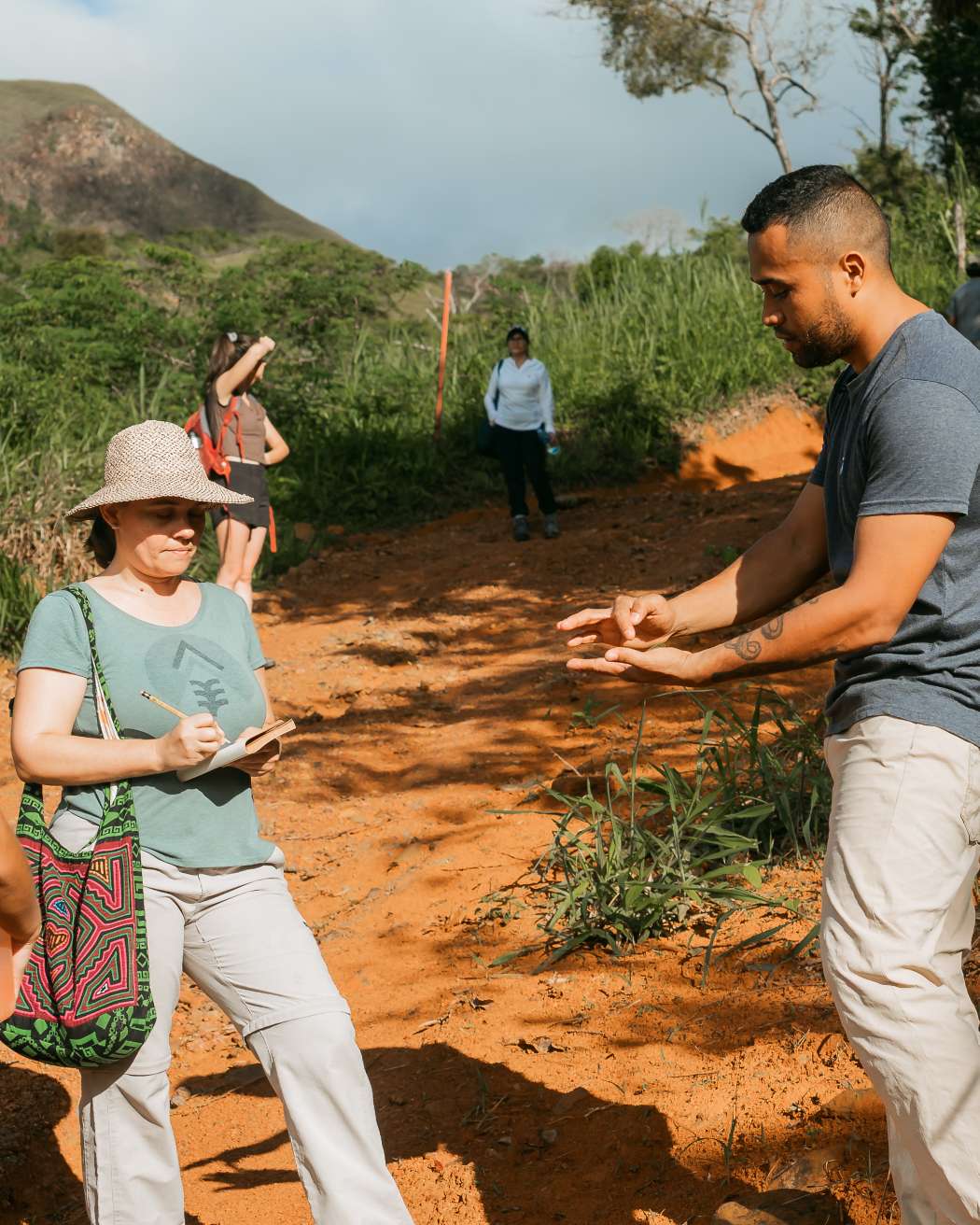
From where the desire to enter the gastronomic world come from?
“In the world of cooking, I could say that the influence comes from when I was a child. My grandmother Sila was a wonderful cook. It was common to be surrounded by tamales, corn tortillas, arroz fututeao, arroz con pollo, and chicheme, so we always ate well at home. My mom Dalys also cooks very well and she has been a great influence on me. I come from a family where almost all food was grown: rice, corn, beans, yams, otoe, plantains, and backyard chickens. Our breakfasts were corn tortilla and Chinese banana with white cheese, new corn buns with coffee, roast beef with cassava or carimañolas. I started cooking when I was seven and surrounded by traditional Panamanian cuisine, so the desire to be a cook began at that time. I remember coming home from elementary school, turning on the television, which at that time was a novelty since we were just beginning to have access to electricity, and watching a program where chef Pedro Subijana, from the Akelerre restaurant in San Sebastian, cooked at who I admire a lot. I was preparing a Japanese black rice. That moment was fundamental for me, because it inspired me a little more to study cooking.”
How did Endemico Lab start and how does it help in the development of gastronomy?
“My childhood was very wild. A beautiful childhood, like the one all of us who grew up in the interior of Panama had. It was going to the river with my cousins and friends to look for sweet mangoes, tired-faced guabitas, alligators, nances, cashews to make chicha and ñongas to roast. Without realizing it, Endemico was already growing in the shadows. I say it this way because this project is born from my desire to share with others the way in which I grew up. A simple, humble and full of authenticity life. My grandmothers Sila and Argelis had a lot of knowledge about medicinal wild plants. In the rainy months when colds are more common, they collected fennel (Piper marginatum), romerito de potrero (Tagetes micrantha) and eucalyptus leaves. Everything was put to cook with water, and then we had lukewarm baths that helped to decongest these discomforts. Guava leaf tea for stomach pain, anamu infusion for kidneys and mango leaf tea for asthma. All that knowledge without realizing or being aware of it, was seeping into me, as long-term savings, accumulating, to develop when it was ready.
Endemic contributes to the development of Panamanian cuisine, by showing a little of our wild food. That food that goes unnoticed, with ingredients unknown to many, but known and used since the time of our grandparents. The cuisine of Panama is more than ñampì, yams, cilantro and sweet chili peppers, of course they are a fundamental part of our gastronomic culture, but we have so much wealth in our forests, coasts and seas, that it is impossible to sit still and stop experimenting.”
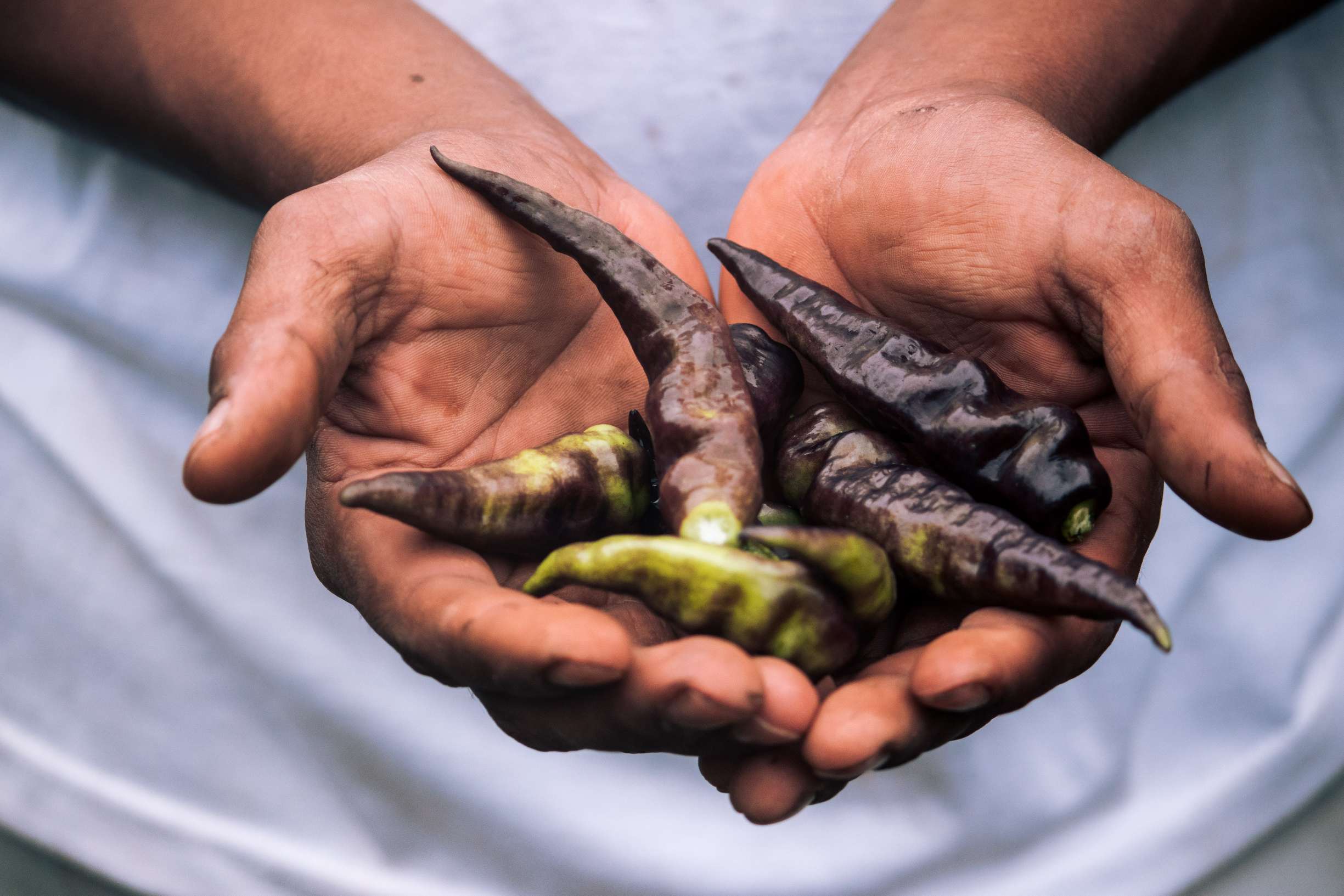
What wild flavors have you discovered and have become an important part of any recipe?
“We have Vanilla Pompona, Vanilla Bahiana, Huitlacoche from corn, edible tropical mushrooms such as Judas’s ear (Auricularia auricula -judae), grapes from the tropical humid forest, wild peppers such as pipilongo, asagu that has been consumed for thousands of years, lerenes, pataxtes, cacaos de monte and the list goes on. Our wild pantry is delicious. Fruits, seeds, roots, leaves, flowers with textures, smells, colors and flavors. A world of possibilities to position Panama as a world benchmark in wild cuisine.”
Which areas of Panama have you traveled carrying out investigations and have they given you great surprises?
“I have practically traveled all over Panama, because in addition to cooking, I have been hiking for many years. This has allowed me to get to know communities, people, ingredients and ecosystems throughout the country. I live inside the tropical dry forest. An ecosystem that has the naked eye does not show much, but personally, it is the area with the most wild ingredients that I have seen. This ecosystem is our main collecting area, where the vanillas grow. It is also a place threatened by burning in the summer months, clearing for planting and extensive livestock farming.
Of the wild flavors that we have found and have become an important part of our cuisine, we have the female and male Malagueta, both Annonaceae relatives of the guanabanas, whose flavor is very reminiscent of ginger and cloves, its flowers smell of Vanilla and It is used to flavor corn chicha or to prepare tea. Also the Pataxte (Theobromas bicolor) which is a wild relative of cocoa, from which we make a chocolate that tastes of cashew seeds, coffee and notes of soursop. The pipilongo (Piper tuberculatum) relative of black pepper, which in addition to being spicy smells of fresh pine bark. The Bahian Vanillas and pomponas both with different aromatic characteristics to work with, the asagu (Maranta arundinacea) which is a super food from which an ancient flour full of phenomenal nutritional properties is made, the chaya leaves or Mayan spinach, the chiltepin and the Pulantana de which makes a drink similar to coffee.”
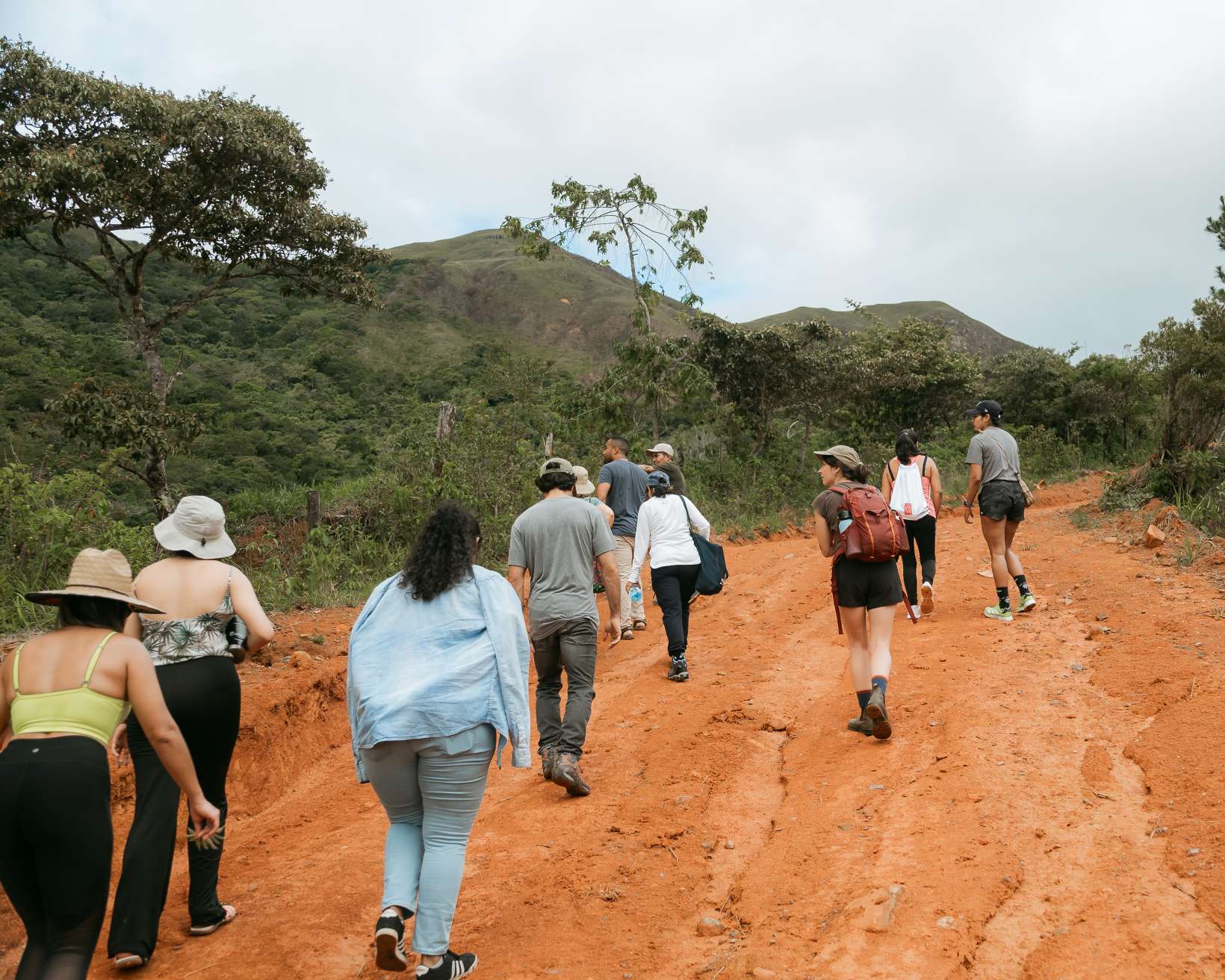
Which chefs, besides you, have benefited from these wild discoveries?
“Endemico as a formal project is recent. However, I have friends who I love very much, who have supported me in one way or another throughout this journey, such as Jose Olmedo Carles, Erasmo Bosques, Patricia Miranda, Andrea Pinzon, Victor Gonzales, Fulvio Miranda, Alex Flores, all amazing cooks. With whom I have had the opportunity to share. I dream of creating a network of small collectors throughout the country so that these ingredients can reach more people, thus we contribute to the conservation of them and their ecosystems, since the vast majority of these products do not need any chemicals, just ensure that the forest or area where they grow are not disturbed. I am a faithful believer that we can change things for the better, going back to the origin. It is important to work hand in hand with the communities, who are the main guardians of these treasures. As cooks, our responsibility is to raise our voices, telling stories through our dishes, showing our wild identity. The forest speaks of Panama and Endemico Lab only transmits the message. Our country is unique and so are its ingredients.”
